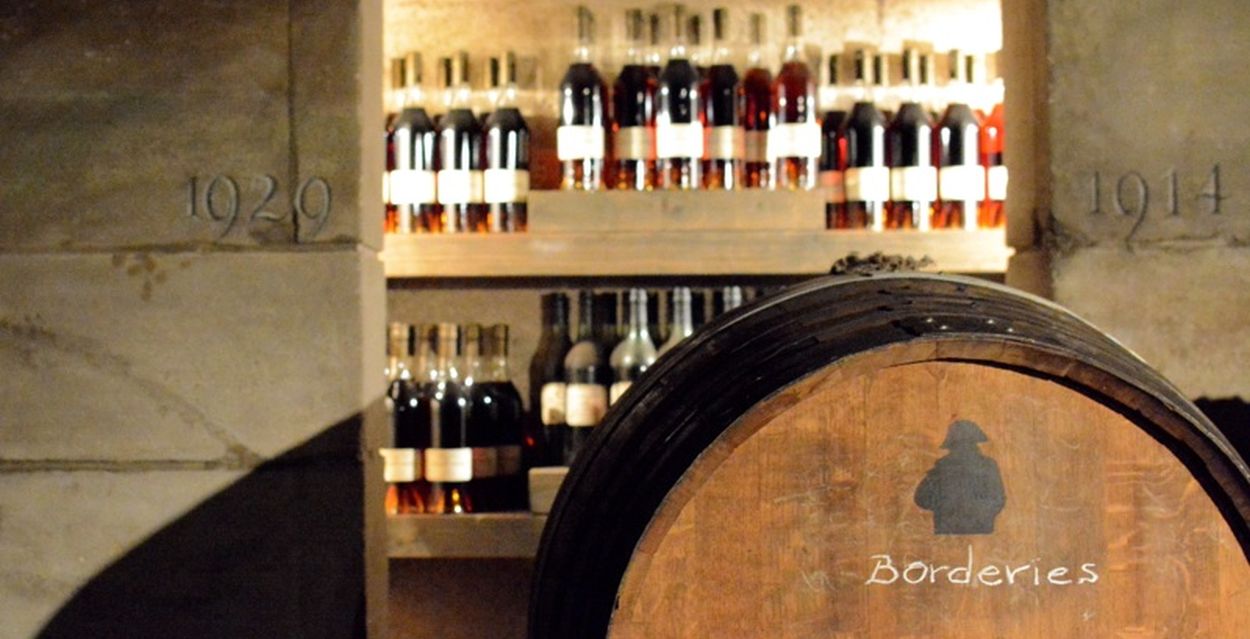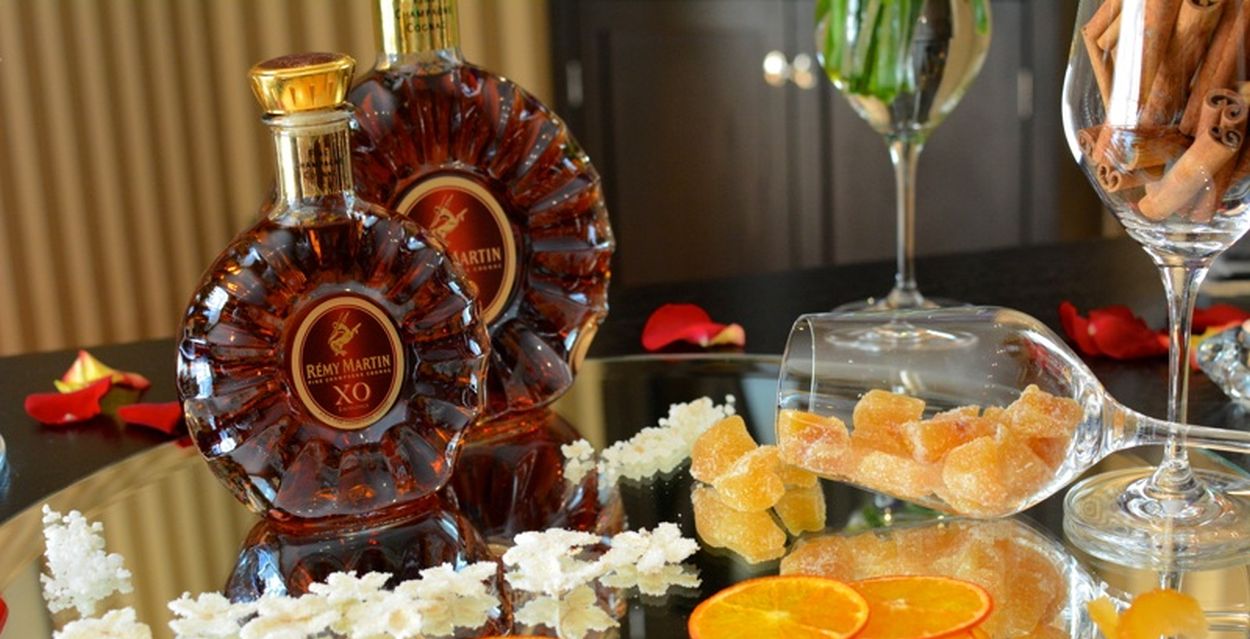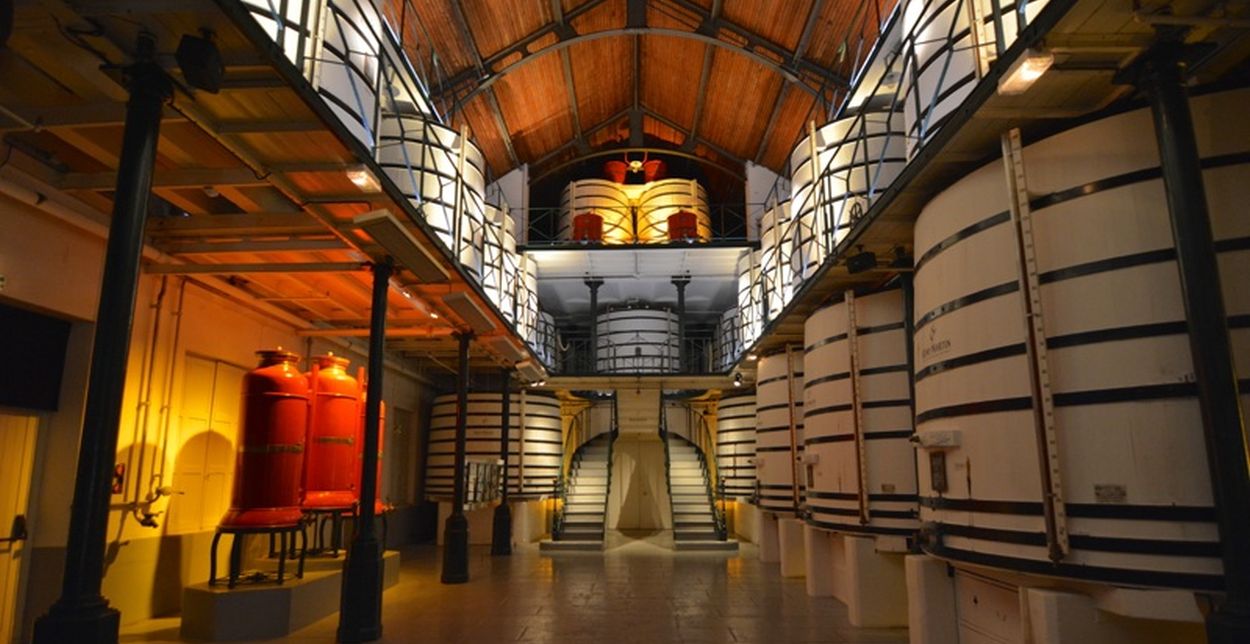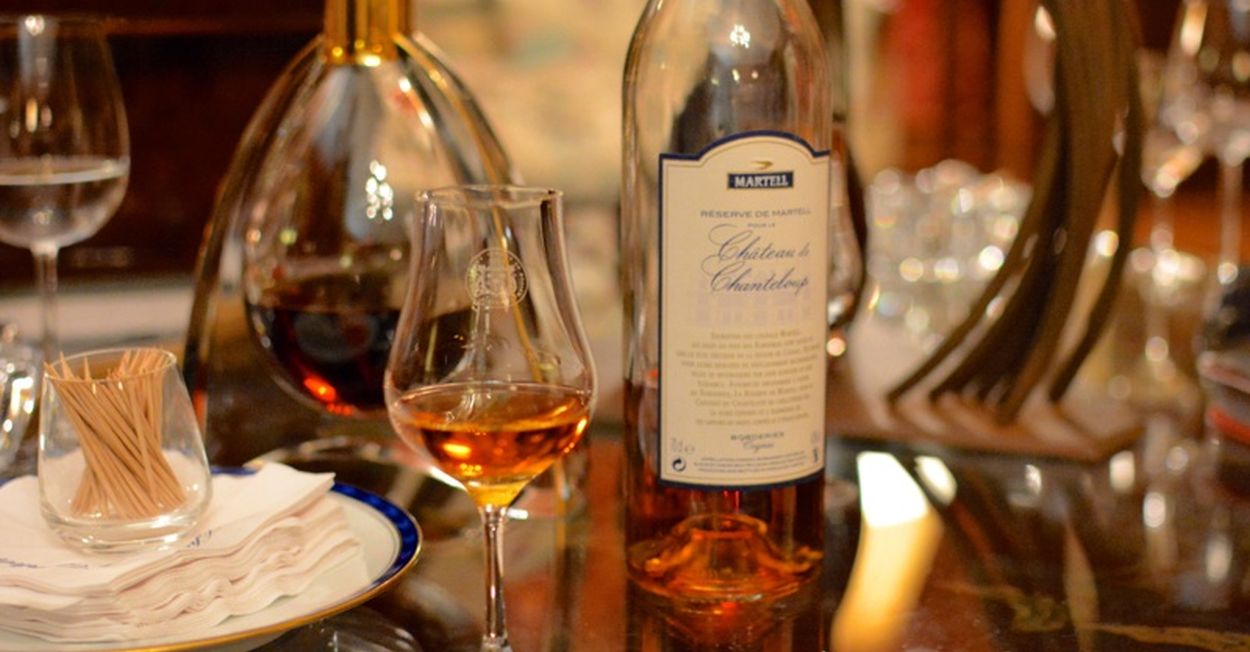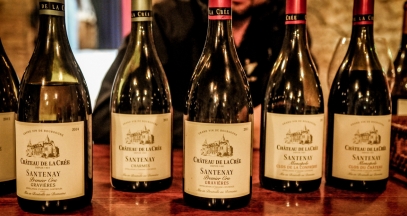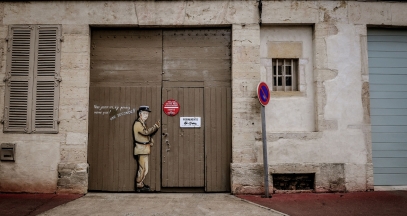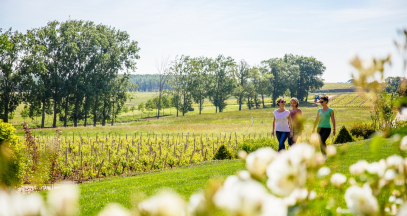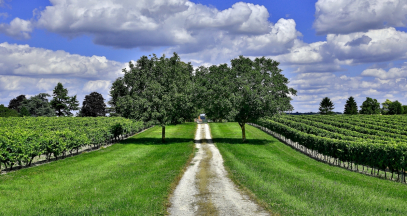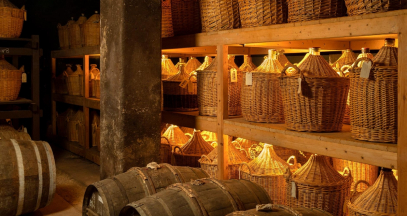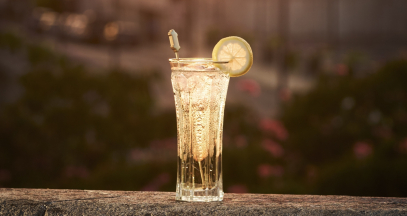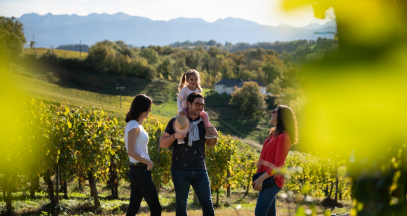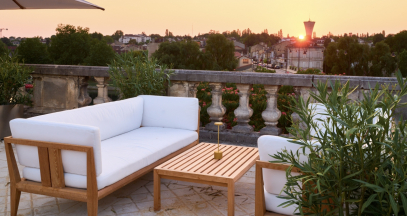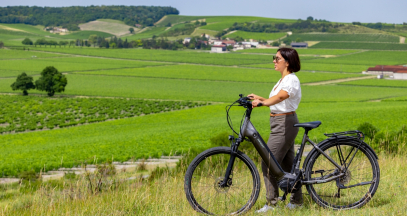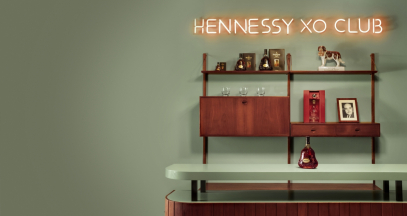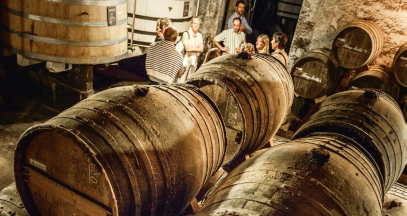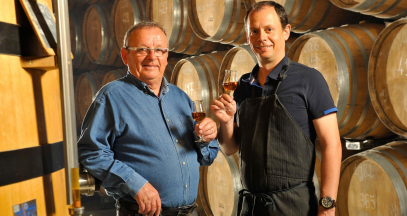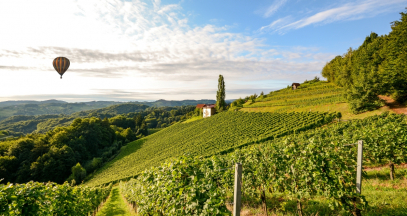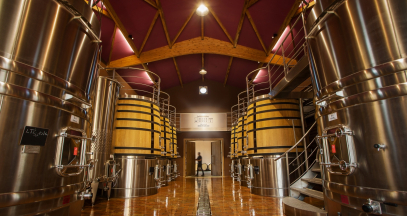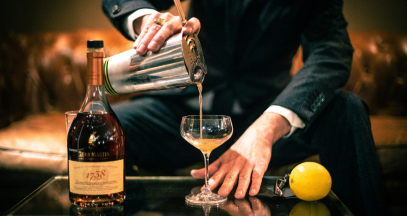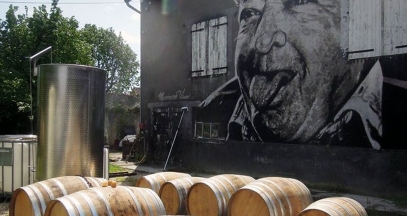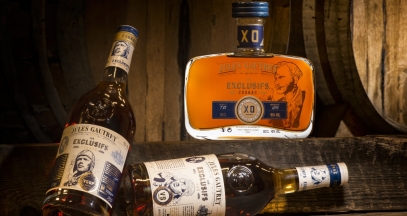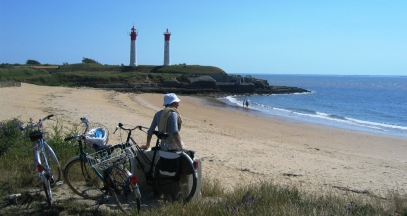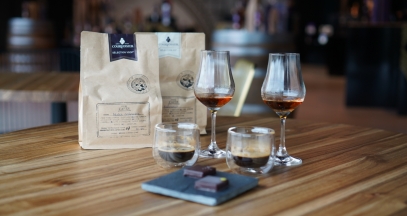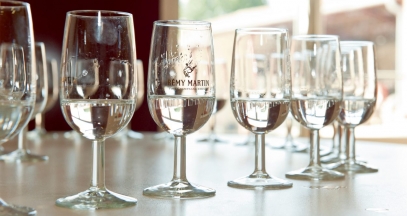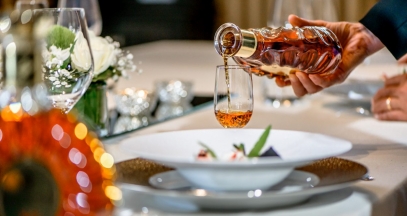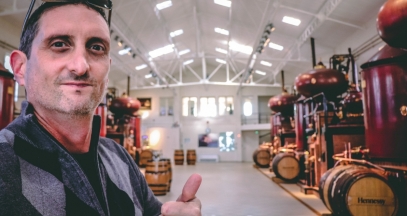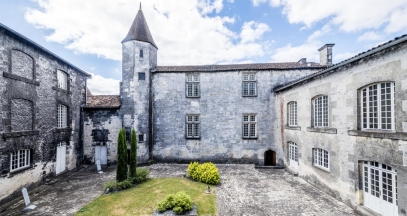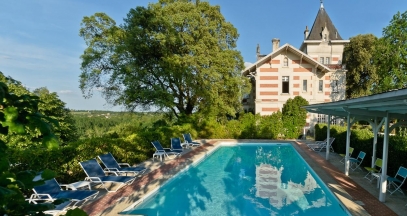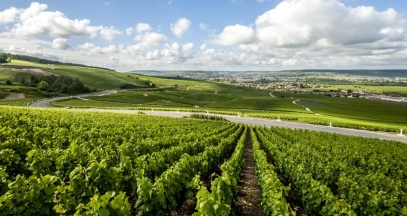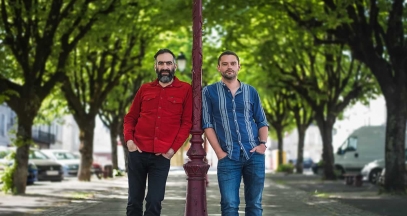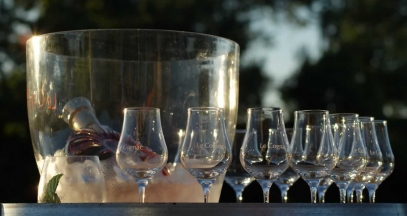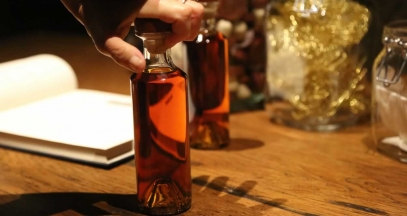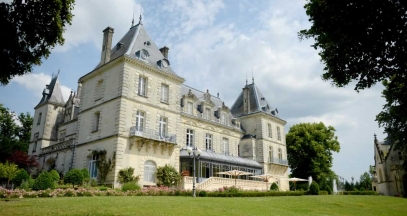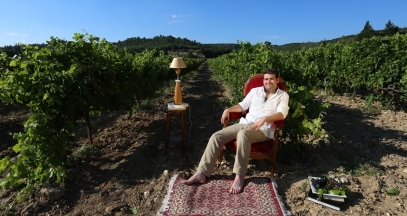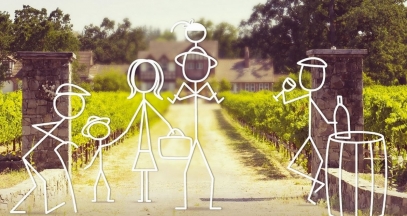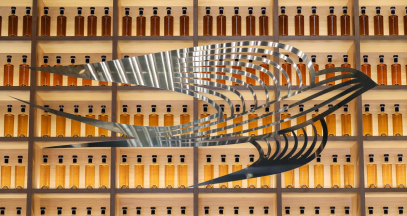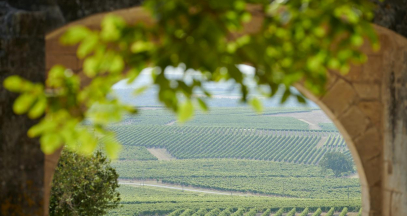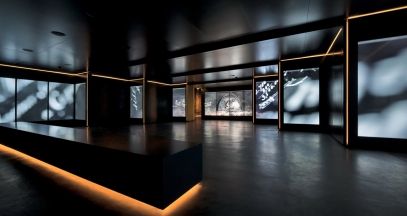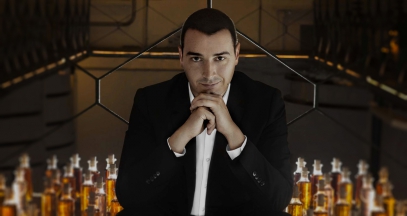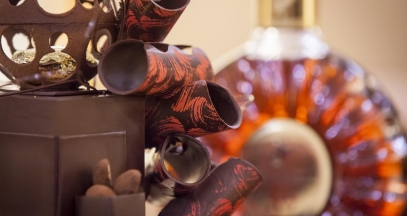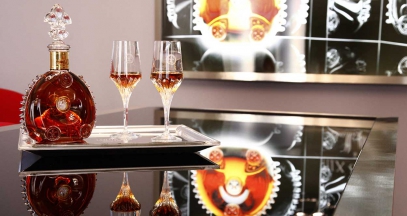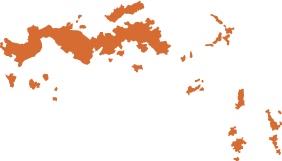I must admit that when Visit French Wine asked me to cover the Cognac region, visions of old men smoking cigars and Busta Rhymes immediately came to mind.
But after thinking about the trip for about fifteen seconds, I realized that I knew absolutely nothing about Cognac. I couldn’t even recall tasting the grape-based spirit. I’ve been educated numerous times on the fine facets of French wine on my jaunts to the various wine-growing regions, but this trip to Cognac would be an in-depth study. Essentially, I was going to Cognac college!
During my six-day trip, I visited four Cognac houses {Courvoisier, Camus, Martell, and Rémy Martin}, saw coopers working at a barrel factory, walked the vineyards, and toured two museums {Le Musee des Arts du Cognac and Espace Découverte en Pays du Cognac}. Though, like most things French, Cognac isn’t simple; there is a long history, tradition, and regulations that must be adhered to.
History of Cognac
Vineyards in the Cognac region date to the 3rd century when the Romans controlled the area. Running through Cognac, the Charente River brought trade, most notably salt from the northern European countries.
With the movement of Dutch ships along the river, the popularity of the region’s wine grew during the 13th century. In the 16th century, the quality of wine suffered due to overproduction. Since it couldn’t withstand long sea voyages, the Dutch began distilling the wine, turning it into brandewijn {burnt wine}.
At the beginning of the 17th century, double distillation transformed wine into eau-de-vie {‘water of life’ in French}, which is more concentrated and thus cheaper to ship. It was also discovered that aging in the barrels improved the taste.
During the 18th century, many Anglo-Saxons came to Cognac and established eau-de-vie houses, some of which are still in business. In the late 19th century, phylloxera destroyed most of the vineyards. American rootstock that is immune to the disease was used to replant the region with the Ugni Blanc grape in the 20th century.
It was also during this time that Cognac was recognized as a Controlled Appellation of Origin {AOC}, which means that only brandy produced in the region has the right to be labeled as Cognac.
Today, the spirit is exported to more than 160 countries, with only 2% of the production remaining in France. The top three markets for Cognac include the United States, China, and Russia, with the USA being the largest consumer, but the Chinese buying the most expensive bottles.
Production of Cognac
As previously mentioned, Cognac has an AOC {Appellation d’Origine Contrôlée} distinction and is strictly regulated. Not only must the grapes be grown in Cognac, but the spirit must also be produced in the appellation using a standard method.
The Cognac Delimited Region is located southwest of Paris, just north of Bordeaux, north of the Aquitaine basin, and includes the islands of Oléron and Ré.
There are over one million hectares in the appellation, with vineyards comprising around 75,000 hectares. Almost all of the grapes grown are used in the making of Cognac.
There are six crus {growing areas} that make up the Delimited Region: Grande Champagne, Petite Champagne, Borderies, Fins Bois, Bons Bois, and Bois Ordinaires.
The areas were determined based on the soil characteristics. The two Champagne crus were named due to their chalky, limestone content, which is similar to the soil in the Champagne region. Some of the houses produce a product known as Fine Champagne, which is made by blending a least 50% Grande with Petite Champagne. The Borderies is the smallest cru, with only about 4,000 hectares.
The three Bois crus have soil similar to Champagne, but have more of a red color.
Throughout the Cognac region, there are about 5,000 vintners growing white wine grapes for the sole purpose of producing brandy. Ugni Blanc is by far the most popular, but Folle Blanche and Colombard are also grown in limited quantity. Machines {a rarity in France} do the harvesting, normally during the month of October when the grapes are at their most ripe. Right after the harvest, the grapes are pressed and begin to ferment.
As part of the AOC regulations, continuous screw presses and adding sugar are illegal. In addition, the fermented wine must be distilled by March 31st of the following year.
Read the full story on my blog Leah Travels
All credits go to Leah Walker from Leah Travels
LEARN MORE
Read the full article on:http://leahtravels.com



